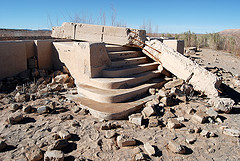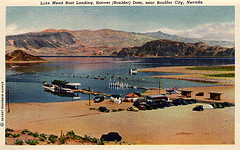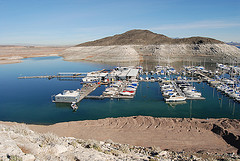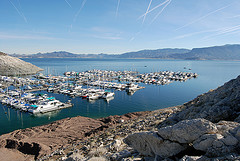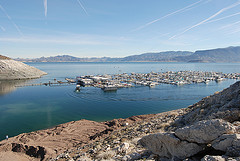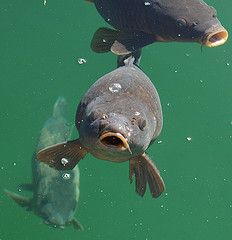Lake Mead Boat Landing 1935
As the water began to fill in behind Boulder Dam, boat landings began springing up. One of the first on Lake Mead was the aptly named Lake Mead Boat Landing. It opened in 1935. Thirty years later it had grown into a full-sized marina and renamed the Lake Mead Marina.
Due to a drought through-out the Southwest the last few years, the water in Lake Mead has been dropping. Dramatically. The Lake is at an all-time low, one hundred feet below where it was at its peak. Because the Lake has dropped so low, the old boat landings such as Overton Landing have been closed. Marinas such as Las Vegas Bay have been moved to Hemenway Harbor in order to literally keep afloat.
On Friday morning, Lake Mead Marina fell victim to the shrinking lake and was also moved to deeper water at Hemenway Harbor. With boat owners and photographers looking on, the Marina began its slow move. How do you move a marina, boats and all?
Well, we hope these photos from
RoadsidePictures helps explain it:
Detached from land, Lake Mead Marina Feb. 8, 2008
On its way out of the cove
Making a wide righ turn
The carp wonder what all the excitement is about
If you haven't been out to see just how low the Lake is, we recommend you do so. It is a once in a life-time opportunity to see just how dramatically the drought has affected the largest man-made lake in the country. Islands and other debris that had been beneath a watery grave for over seventy years now dot the landscape of the lake. But nothing quite prepares for you seeing in person the difference in level between the high water mark and the level of the lake today.


